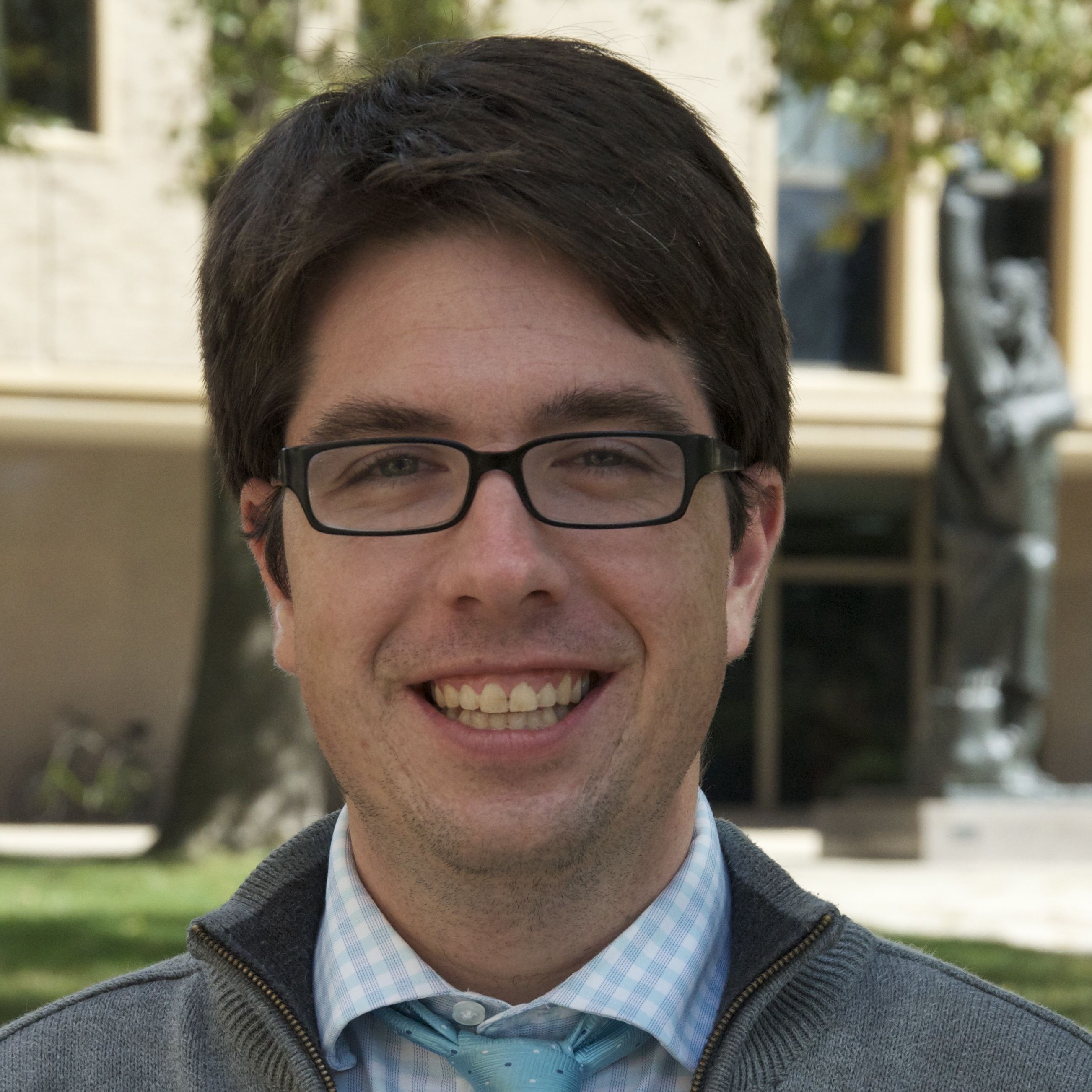
In the first part of this series, I argued that schools are not the exclusive space where Catholics receive an education. Education is the cultivation of one’s humanity. For this reason, the parish is also an institution dedicated to education. Liturgical formation in the parish should invite all parishioners to an authentic Christian humanism.
The purpose of liturgy is the glorification of God and the sanctification of men and women. This claim has educational implications.
First, the liturgical act glorifies God. Because of sin, human beings are tempted to glorify all sorts of things that are not God. We glorify those who pursue politics, the cult of fame and fortune, even ourselves.
The liturgy, therefore, is first educational not because it teaches us something about Christianity. Rather, it reforms our desires. We are made to glorify God, not the idols of racism, bigotry, self-importance, celebrity, or power. Regular worship within the assembly has the potential to re-order our desires toward God, teaching us what it means to be a creature.
Second, the liturgical act sanctifies men and women. This process of sanctification takes place through immersion into holy signs. These signs are not simply communicative, telling us something about Christian life. They attune men and women to their vocation as creatures made for praise.
Liturgy is not just an enjoyable experience, where we spend a little time each week in the presence of God before Sunday brunch. Rather, it is the way that God heals and sanctifies the human person. Time has been transformed through the Church’s prayer. Likewise, matter has been restored to its original purpose. Water is ordered toward Baptism. Bread and wine toward Eucharistic consecration. Stone to house the holy mysteries of God. Our voices for praise itself.
Now, a parish has the potential to offer this kind of education, but it often does not. American parish life can easily be taken over by a therapeutic religiosity. The celebrations may be focused more on an affirmation of the community’s identity, an inward focus that eliminates liturgy’s educational potential.
In this setting, liturgy becomes a nice way for us to celebrate our common identity. Yes, God is there. But the primary purpose of liturgy is the cult of the priest, the choir, the assembly, the lay minister, or the family. Our activity is what is emphasized. What do we do to praise God? And do we find it enjoyable?
If liturgical prayer within the parish is to be a source of an authentic Christian humanism, what Jacques Maritain calls “the rehabilitation of the creature in God,” then such prayer must have as its horizon the triune God rather than the human creature.
Parish liturgy becomes educational when it avoids bland didacticism, sentimental music, emotional manipulation, and a domesticated kerygma where God is kind of ‘there for us.’
Attending to the opposite of these parochial liturgical malaises will thus provide an occasion for liturgical renewal. Liturgy works through a pedagogy of signs, necessitating contemplation before the mystery of divine revelation.
We do not need priests telling us what this candle means, how Christ is really the light of the world. We do not need screens with projected videos, turning the church into an extension of our smart phones. Let us discover wondrous joy in perceiving matter itself renewed through Christ.
Liturgical music is the manifestation of divine glory through the medium of the human voice and sound. It is not about rocking out to our favorite tunes.
Affection is integral, but it is the affection that allows for a free self-offering in response to the sacrificial gift of the triune God. You do not experience God more because you find yourself in tears every time you celebrate the Rite of Penance.
Lastly, liturgical prayer makes present a God who became flesh, who announced a Kingdom for the least of these, who healed the sick, who ministered to those on the margins, who suffered, died, rose again, and has ascended into the heavens. Our flesh and blood, still bearing the wounds of death, are now transfigured through total communion with God.
If our liturgies are boring, it is because we have forgotten the wondrous mysteries we celebrate. Therapeutic religiosity is not educational because it does not recognize the telos of the human person: adoration of God.
Like what you read? Submit your email below to have our newest blogs delivered directly to your inbox each week.
Featured image: New Skete, Multiplication of the Loaves and Fishes by Sr. Patricia Reid, RSCJ; courtesy of Jim Forest via flickr; CC-BY-NC-ND-2.0.


